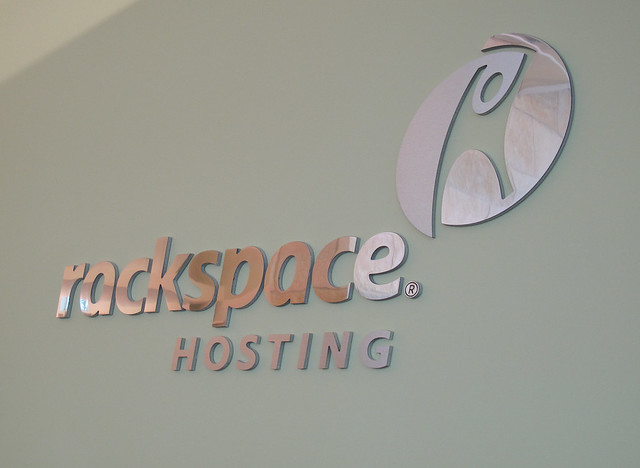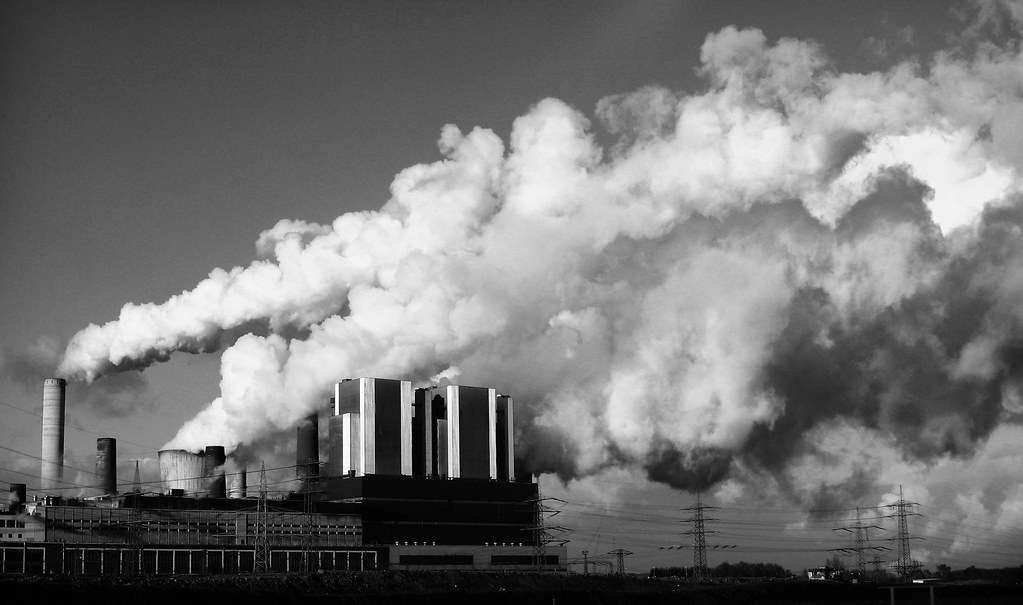UPDATE: After publication of this post I was contacted by Rackspace who informed me that they do, in fact, publish their megawatt electricity consumption. it is contained in an investor report (PDF) published on their Investor Relations page. This shows Rackspace used just over 105mWh of electricity in 2013. This means that the 35% of Renewables figure corresponds to 36.8mWh (in fact it comes to 36,785kWh, or 0.037m kWh, as it is now represented in the chart above). Consequently, I adjusted the chart and moved Rackspace up a number of places in the rankings.
Cloud computing is booming. Cloud providers are investing billions in infrastructure to build out their data centers, but just how clean is cloud?
Given that this is the week that the IPCC’s 5th assessment report was released, I decided to do some research of my own into cloud providers. The table above is a list of the cloud computing providers I looked into, and what I found.
It is a real mixed bag but from the table you can see that Icelandic cloud provider Greenqloud comes out on top because they are using the electricity from the 100% renewable Icelandic electricity grid to power their infrastructure.
On the Windows Azure front, Microsoft announced in May of 2012 that it was going to go carbon neutral for its facilities and travel. Microsoft are now, according to the EPA, the second largest purchaser of renewable energy in the US. In 2013 they purchased 2,300m kWh which accounted for 80% of their electricity consumption. They made up the other 20% with Renewable Energy Certificates (RECs). And according to Microsoft’s TJ DiCaprio, they plan to increase their renewable energy purchases from 80% to 100% in the financial year 2014.
Google claim to have been carbon neutral since 2007. Of Google’s electricity, 32% came from renewables, while the other 68% came from the purchase of RECs.
SAP purchased 391m kWh of renewable energy in 2013. This made up 43% of its total electricity consumption. SAP have since announced that they will go to powering 100% of its facilities from renewable energy in 2014.
The most recent data from IBM dates from 2012 when they purchased 764m kWh of renewable energy. This accounted for just 15% of their total consumption. In the meantime IBM have purchased cloud company Softlayer for whom no data is available, so it is unclear in what way this will have affected IBM’s position in these rankings.
The most up-to-date data on Oracle’s website is from 2011, but more recent data about their renewable energy is to be found in their 2012 disclosure to the Carbon Disclosure Project (registration required). This shows that Oracle purchased 5.4m kWh of renewable energy making up a mere 0.7% of their total consumption of 746.9m kWh in 2012.
Rackspace have no data available on their site, but in email communications with me yesterday they claim that 35% of their electricity globally is from renewable sources. They declined to say exactly how much that was (in kWh) See update above.
Amazon discloses no information whatsoever about its infrastructure apart from a claim that its Oregon and GovCloud regions are using 100% carbon free power. However, they don’t back up this claim with any evidence, they don’t disclose to the Carbon Disclosure Project, nor do they produce an annual Corporate Responsibility report.
The other three cloud providers in the list, Softlayer, GoGrid, and Bluelock have no information on their websites (that I could find), and they didn’t respond to written inquiries.
I’ll be writing a follow-up post to this in the next few days where I look into the supply chain risks of utilising cloud platforms where there is no transparency around power sourcing.





